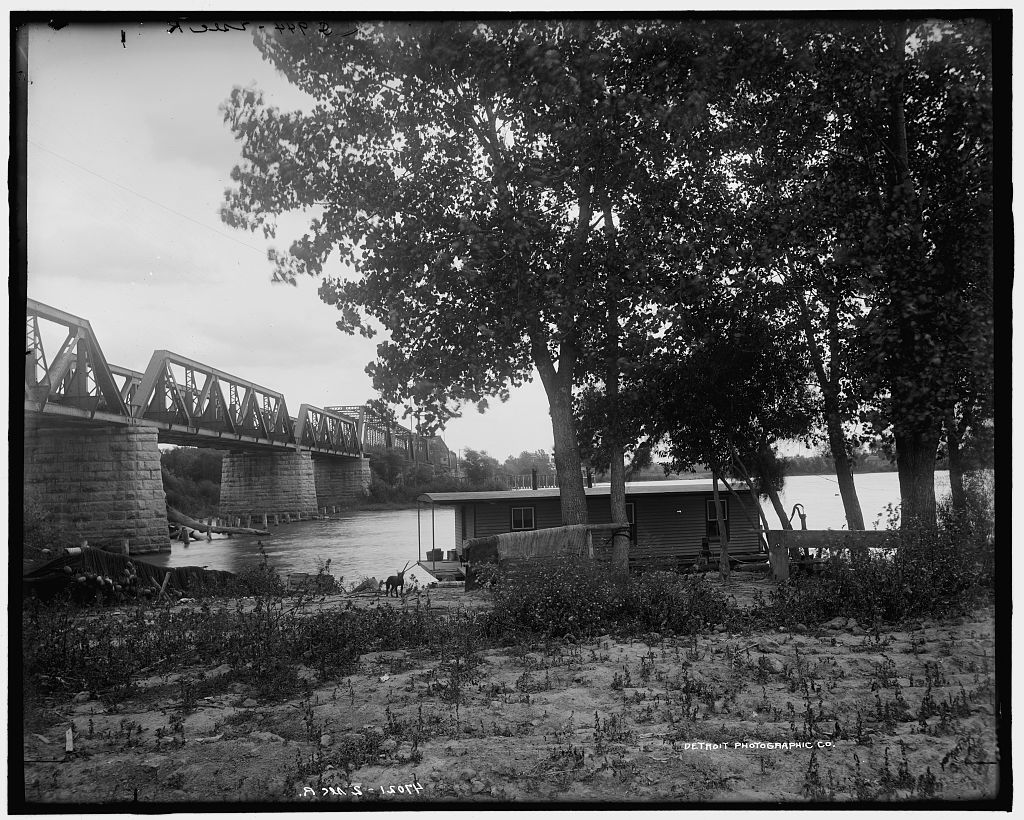The first construction began in 1913 and included 8 miles from the western limits of Minneapolis to Parkers Lake. By 1915, the railroad reached Hutchinson.
Construction began again, and reached Lake Lillian in 1923. Because of the late start, the railroad was not as competitive on the freight front.
Instead much of the revenue came from tourists to the western portions of Lake Minnetonka.
In 1924, the company was reorganized into the Minnesota Western Railroad. Plans now called for an extension to Brookings. By 1927, the line reached Gluek, east of Montevideo.
After this, freight became more major. The Minneapolis & St. Louis Railway became the owner in 1959, and was shortly bought by the Chicago & Northwestern Railway.
The C&NW was known for purchasing railroads and abandoning them. This one would be no different, and it was abandoned in 1970.
Upon abandonment, trail talks would come up. At the time, 7 other state trails had been approved (Minnesota Valley, Casey Jones, Heartland, Douglas, Glacial Lakes, Root River and Sakatah Singing Hills).
Although the Supreme Court ruled trails were an acceptable use of rail corridors, local landowners tried to block it.
Due to the opposition, land west of Cosmos would be sold back to landowners in 1980, and the trail was built in 1977 from Cosmos to Minneapolis.
Today, the trail exists as the Luce Line State Trail, and is still a popular tourist attraction.
11/12/21
This absolutely stunning Pratt Through Truss bridge is the highlight of the Luce Line Trail; and has a history that is equally as fascinating.
The bridge was originally built in 1885; as part of the Chicago & Alton's crossing of the Illinois River at Pearl, Illinois. When the bridge at Pearl was replaced by the present bridge, this span was relocated to Long Lake, Minnesota.
In Long Lake, it was built to cross over the double tracked Great Northern mainline. It sat on concrete substructures.
However, by the summer of 2004 the bridge would be preparing for another move. This time, due to a new freeway.
MNDOT decided to upgrade US-12 through the area, routing it parallel to the former Great Northern (now BNSF) tracks. The truss was picked up, moved and set down in the Long Lake maintenance building parking lot.
In 2005, a new pedestrian bridge would be built over the BNSF and US-12; and the new US-12 alignment would open in 2007.
The old US-12 alignment crossed under the Luce Line Trail under a rickety wooden trestle and I-Beam structure which had severely deteriorated.

Pearl, Illinois bridge, showing this span as one of four through truss spans. Library of Congress photo
In 2008, the wooden trestle was demolished, and the truss was relocated to the current location over Wayzata Boulevard (old US-12).
The truss was set onto concrete abutments, with faux stone imprinted into them.
While the preservation and continued upkeep of this extremely historic truss is a valuable asset by the DNR and the various partnerships who worked very hard to preserve it, there are some very minor flaws.
Unfortunately, the current abutments and railings detract from the bridge. A more appropriate railing and post design should be instituted for the truss. The biggest thing are the concrete blocks at the endposts, which greatly obstruct the truss.
However, some of the rehabilitation methods have proven to be very worthwhile; including a new deck and additional stringers. These do not alter the historic integrity of the bridge.
The truss itself is a 7 panel, pin connected Pratt Through Truss with very heavily built up members. Portal and Sway bracings are decorative features on this structure, and add to it.
The author has ranked the bridge as regionally significant, because of the relocation history, the build dates and the very good historic integrity. The bridge is a landmark in the area, and adds to the quality of the trail.
The photo above is an overview.
